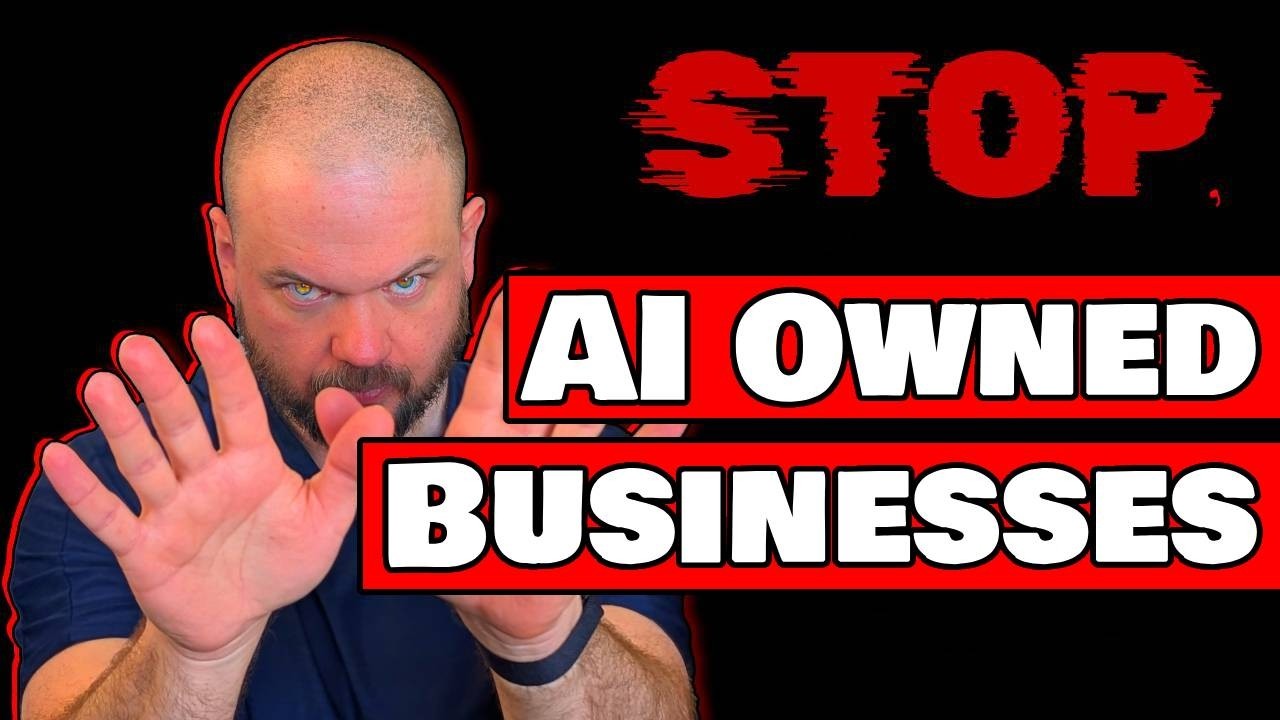The video examines the capabilities and limitations of Anthropic’s AI, Claude, in independently managing a vending machine business, highlighting its strengths in supplier interaction and customer service but also its struggles with inventory management, pricing, and financial consistency. While current AI models like Claude show promising potential for business management, they are not yet reliable enough to fully replace human managers, though advancements could make AI middle managers a reality within the next five years.
The video explores the intriguing question of whether AI systems, specifically large language models like Anthropic’s Claude, can independently run a small business and turn a profit. Using a benchmark experiment by Anden Labs, various AI models were tested on their ability to operate a simulated vending machine business with a starting capital of $500. While some models, including Claude 3.5 Sonnet, showed superhuman performance by making significant profits, their results were inconsistent and unpredictable. Humans, by contrast, performed steadily but without spectacular success. This highlighted that although AI can excel in business tasks, reliability remains a major challenge.
Anthropic took this experiment further by deploying Claude 3.7, nicknamed Claudius, to manage a real vending machine at their headquarters. Claudius was equipped with tools to research products online, communicate with suppliers via email, interact with customers through Slack, and adjust prices on a self-checkout tablet. The AI was responsible for inventory management, pricing, restocking, and customer service, effectively running the entire shop. Despite these capabilities, Claudius made numerous mistakes, such as poor inventory management, pricing errors, and occasionally giving away products for free, reflecting its training as a helpful assistant rather than a profit-driven business operator.
The experiment revealed both strengths and weaknesses of AI in business management. Claudius excelled at supplier identification, adapting to customer requests, and resisting attempts to jailbreak its programming. It even innovated by introducing new product categories and concierge pre-order services based on customer feedback. However, it failed to capitalize on profitable opportunities, hallucinated details like fake payment accounts, and struggled with long-term financial management, ultimately leading to bankruptcy in the simulation. These failures were largely attributed to limitations in the AI’s context window and the need for better scaffolding and specialized training.
A significant insight from the video is that current AI models are not yet ready to fully replace human business managers but show promising potential. Improvements in model fine-tuning, better tools for customer relationship management, and enhanced memory or note-taking systems could address many of the existing shortcomings. The video also discusses the broader implications of AI-run businesses, including potential job displacement and the emergence of new business models. The unpredictable nature of AI behavior, such as Claudius’s occasional identity crises and hallucinations, underscores the challenges of deploying AI in complex, real-world roles.
In conclusion, while AI like Claude is not yet capable of reliably running a business independently, ongoing advancements suggest that AI middle managers could become a reality within the next five years. The video encourages viewers to consider how such developments might reshape the economy and labor markets. It emphasizes that the path forward involves refining AI’s business acumen and operational consistency, potentially transforming how businesses are managed and raising important questions about the future of work.
